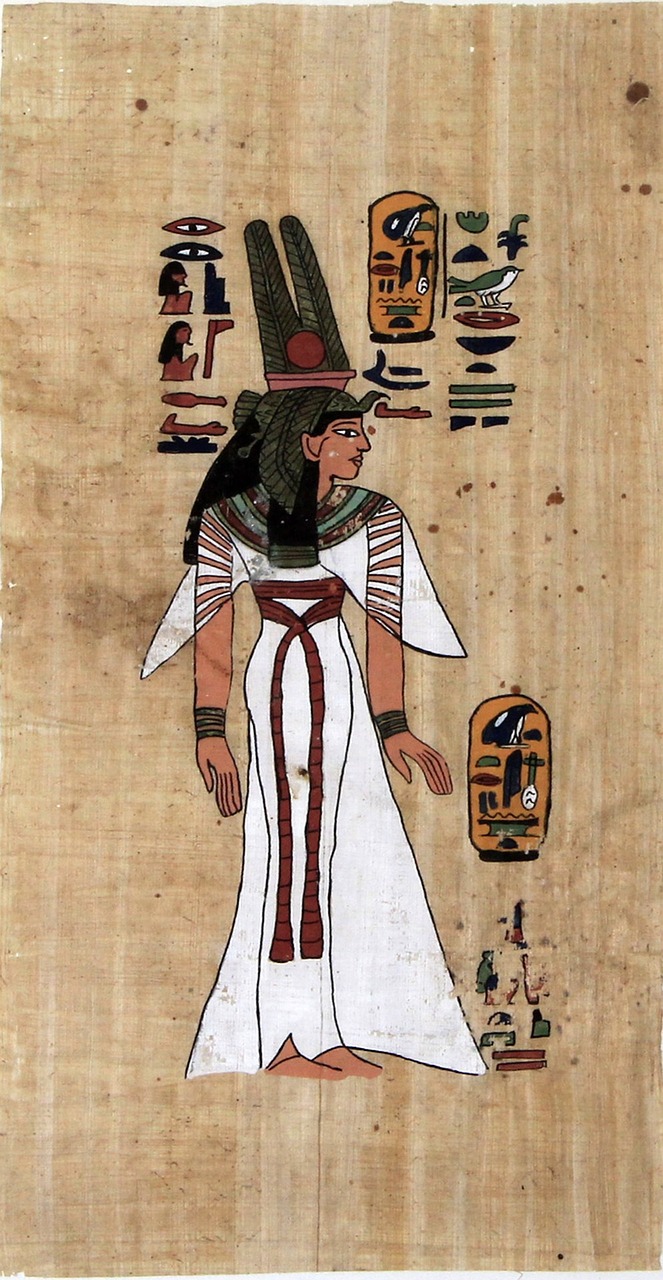The Metropolitan Museum of Art houses an impressive collection of around 30,000 pieces of ancient Egyptian art, spanning from approximately 300,000 BCE to the 4th century CE. A notable portion of this collection is the result of the museum’s three decades of archaeological endeavors in Egypt, which began in 1906 due to a rising interest in ancient Egyptian culture.
Establishment and Excavation
In 1906, the Department of Egyptian Art was created to manage the museum’s significant collection of ancient artifacts. That same year, the Board of Trustees decided to initiate an Egyptian Expedition aimed at conducting archaeological digs in various notable sites across Egypt. From 1906 to 1935, The Met’s Egyptian Expedition excavated at several critical locations, including Lisht in the north and Thebes in the south, with a number of artifacts from Egypt’s antiquities service forming the collection’s backbone. Over time, the Department of Egyptian Art has further enriched its collection through purchases and bequests of significant private collections.
Alongside preserving and interpreting the permanent collection of ancient art, the Department of Egyptian Art continues to conduct excavations at the museum’s sites in Egypt, supervised by the Supreme Council of Antiquities under the Ministry of Tourism and Antiquities.
The Lila Acheson Wallace Galleries of Egyptian Art
In 1983, the Lila Acheson Wallace Galleries of Egyptian Art opened its doors, aiming to showcase The Met’s entire collection. Today, the majority of these artifacts are displayed across thirty-eight galleries to provide an enjoyable experience for visitors. The galleries are meticulously organized, allowing guests to “journey” through ancient Egyptian history, beginning with the emergence of the state in the Predynastic Period (around 4500 B.C.) in Gallery 101, and concluding in Gallery 138 with the concluding phase of Rome’s control over Egypt (A.D. 400).
Some galleries highlight specific themes within this chronological sequence, drawing visitors’ attention to prominent tomb groups, artifacts that showcase daily life, and intriguing funerary practices. These exhibits not only encapsulate the aesthetic values and religious beliefs of ancient Egyptians but also offer insight into their daily life over a civilization that thrived for around 5,000 years. Noteworthy pieces in the collection include the Old Kingdom offering chapel from Perneb’s mastaba in Gallery 100 (approx. 2450 B.C.); the delicate wooden models from the Middle Kingdom tomb of Meketre in Gallery 105 (approx. 1990 B.C.); exquisite jewelry belonging to Princess Sithathoryunet of Dynasty 12 in Gallery 111 (approx. 1897–1797 B.C.); royal sculptures of the Middle Kingdom also in Gallery 111 (approx. 1991–1783 B.C.); temple statues of the 18th Dynasty’s Hatshepsut in Gallery 115 (approx. 1473–1458 B.C.); and the nested coffins from Dynasty 21 in Gallery 126 (approx. 1070–945 B.C.). In 2016, galleries dedicated to Ptolemaic art (ca. 332–30 B.C.) were refurbished to enhance their presentation in the impressive floor-to-ceiling cases of Gallery 134.
The department also features its invaluable collection of tempera and ink facsimiles, which accurately replicate paintings from ancient Egyptian tombs. Primarily produced between 1907 and 1937 by members of the Graphic Section from the Museum’s Egyptian Expedition, a thematic selection of these facsimiles is showcased each year in Gallery 132.
The Temple of Dendur
A highlight for visitors to The Met is undoubtedly the Temple of Dendur. This temple, commissioned by Roman Emperor Augustus around 10 B.C. to honor the goddess Isis, is significant because she, along with two brothers (sons of a local Nubian ruler), was worshipped there. The brothers attained considerable stature in that region, located about fifty miles south of modern Aswan, which may have influenced Augustus’s decision to erect a temple in Dendur. As part of the International Campaign to Save the Monuments of Nubia, the ancient structure was disassembled to safeguard it from the rising waters of Lake Nasser following the Aswan High Dam’s completion. In appreciation for the American efforts contributing to this initiative, the Egyptian government gifted the Temple of Dendur to the United States.
The Met’s Egyptian Art collection, coupled with its ongoing excavations and themed displays, provides a captivating glimpse into ancient Egyptian civilization, showcasing its artistic mastery and cultural significance through the centuries.



